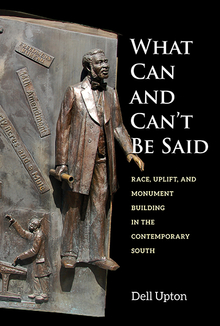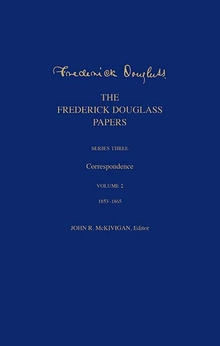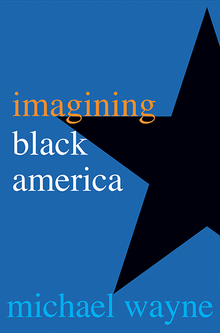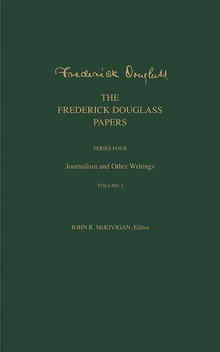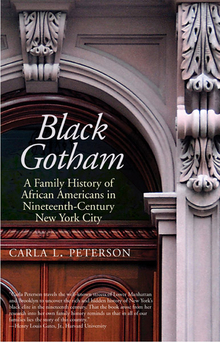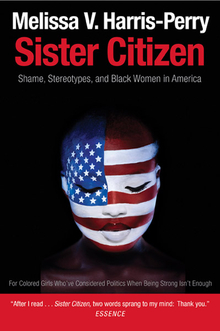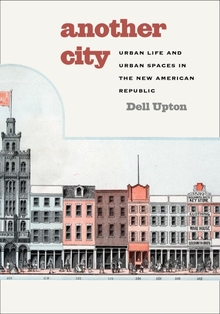What Can and Can't Be Said
WARNING
You are viewing an older version of the Yalebooks website. Please visit out new website with more updated information and a better user experience: https://www.yalebooks.com
Race, Uplift, and Monument Building in the Contemporary South
Dell Upton

Read this book online via the A&AePortal, our art and architectural history eBook platform. To learn more about how to access this book, please contact us.
“A noted authority on architectural history and American cities . . . engages with the ongoing debate over interpretations of race in public art.”—Glenn T. Eskew, American Historical Review
“Thorough, insightful, and of great use in comprehending the vital role that monumental art can and does play in American culture.”—Choice
An original study of monuments to the civil rights movement and Black history that have been erected in the American South over the past three decades, this powerful work explores how commemorative structures have been used to assert the presence of African Americans in contemporary Southern society while showing how the construction of such monuments frequently exposes the myth that racial differences have been overcome.
Examining monuments whose creation has been particularly contentious, from the Martin Luther King, Jr., National Memorial in Washington, D.C., to more obscure memorials such as the so-called "multicultural monument" in Bowling Green, Virginia, Dell Upton shows that monument builders must contend not only with varied interpretations of the African-American past but also with the continuing presence of White supremacy—not only in its traditional forms but also in the subtler, more recent assumptions that Whites are neutral arbiters of what is fair and accurate in such monuments.
Upton argues that Southerners, White and Black, share a convenient fiction—a “dual heritage” that allows them to acknowledge the Black past without relinquishing cherished White historical mythologies. In his conclusion, Upton considers how these two pasts might be reimagined and memorialized as a single Southern American history.
Dell Upton is professor of architectural history at the University of California, Los Angeles, and has studied the Southern landscape for four decades. His books include Another City: Urban Life and Urban Spaces in the New American Republic and Holy Things and Profane: Anglican Parish Churches in Colonial Virginia. He lives in Culver City, CA.
Publication Date: November 24, 2015
59 b/w illus.

